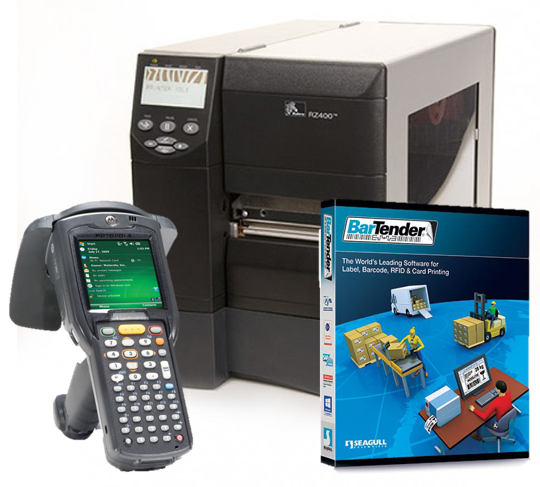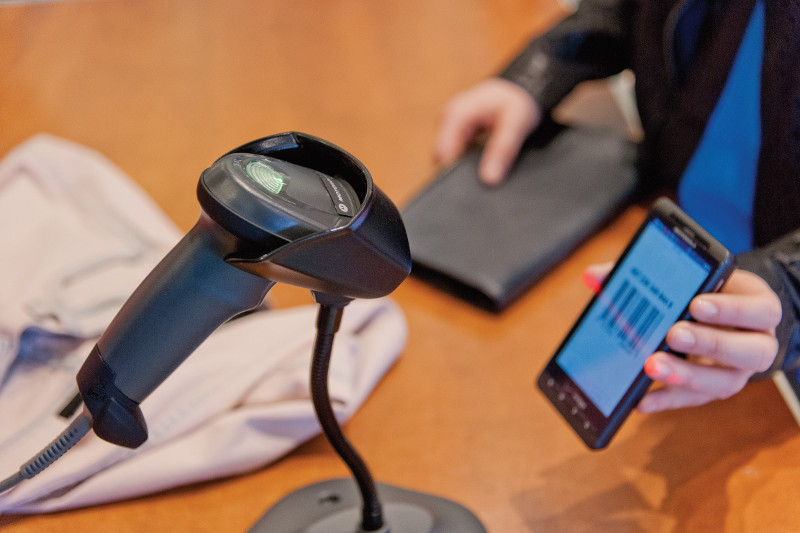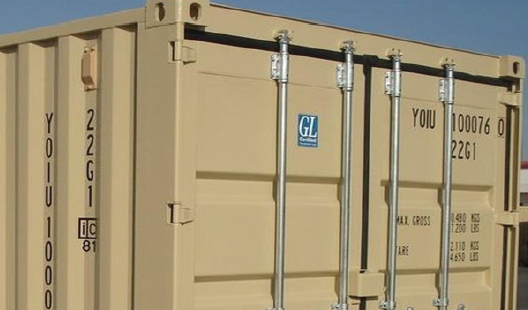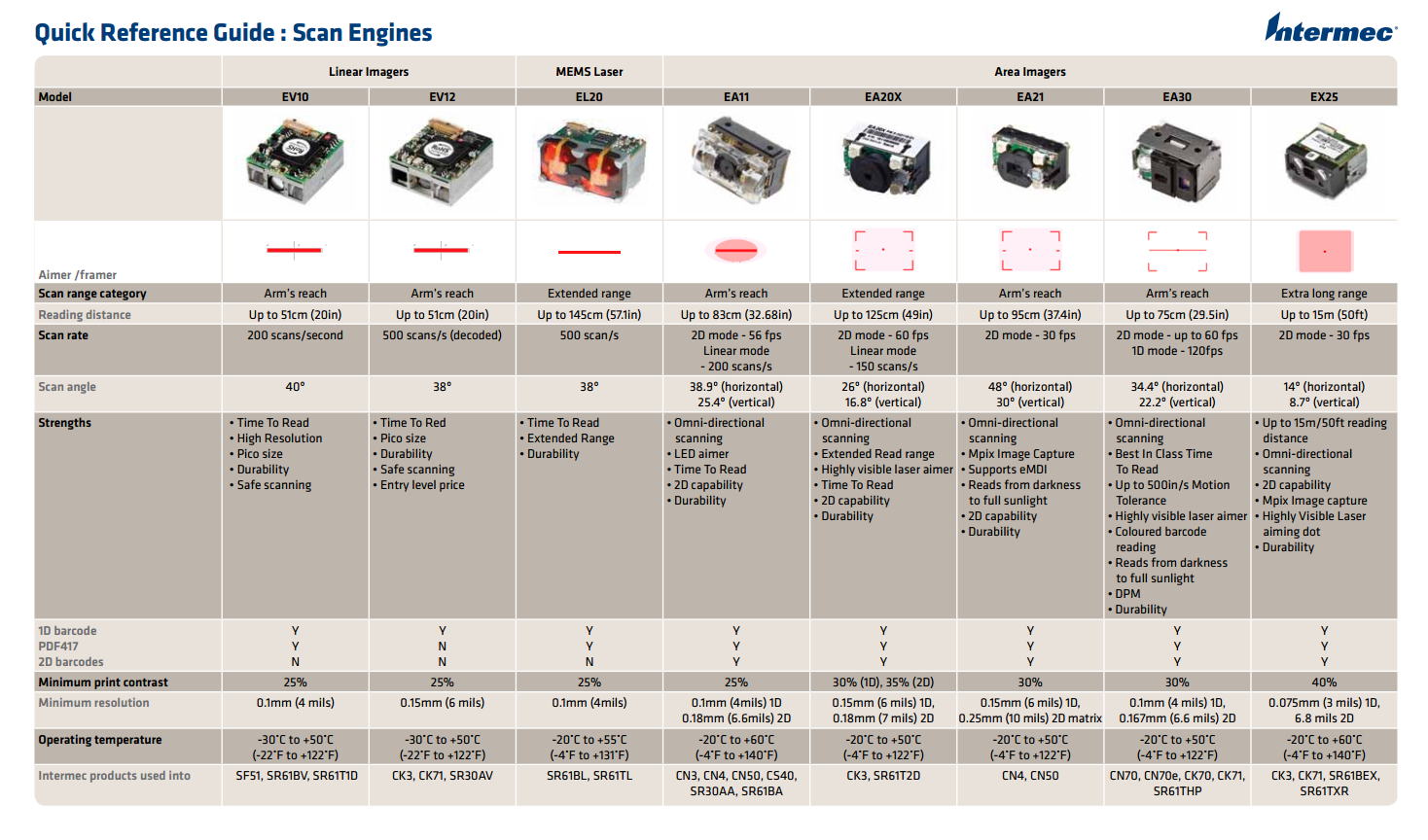RFID Printing: Now More Reliable and Affordable
 It has been over 40 years since the first RFID device was patented. In its early stages, it was seen as unreliable and far too expensive to adopt over barcode technology. However, more recently companies are starting to adopt RFID technology due to its improvements in readability and cost effectiveness. With these enhancements, companies are seeing the benefits of RFID over barcodes. For example, organizations conducting inventory counts or accounting for high value assets using barcode technology must scan each barcode individually, which requires a considerable amount of time and resources. Whereas RFID readers allow for mass data capture. Additionally, RFID provides real-time, accurate data, which offers tremendous advantages in several industries.
It has been over 40 years since the first RFID device was patented. In its early stages, it was seen as unreliable and far too expensive to adopt over barcode technology. However, more recently companies are starting to adopt RFID technology due to its improvements in readability and cost effectiveness. With these enhancements, companies are seeing the benefits of RFID over barcodes. For example, organizations conducting inventory counts or accounting for high value assets using barcode technology must scan each barcode individually, which requires a considerable amount of time and resources. Whereas RFID readers allow for mass data capture. Additionally, RFID provides real-time, accurate data, which offers tremendous advantages in several industries.
One facet of RFID that has helped simplify the technology and lower the costs is RFID printing. Instead of investing in more costly RFID tags that are typically overkill, companies have found that RFID labels (“Smart Labels”), which are adhesive labels embedded with RFID inlays, are suitable for their requirements. Thus, organizations have the freedom to print their own RFID labels by investing in a RFID printer and RFID label software, both of which have the ability to print barcodes too.
Bartender RFID: The RFID Printing Software of Choice
 Seagull Scientific’s Bartender has gained notoriety for providing the best label design software on the market. However, Bartender RFID includes the same label design features, along with encoding capabilities that offer the same ease of use. Bartender RFID Enterprise Automation and Automation’s rich feature sets include supporting most of the popular RFID printers, supporting most of the label types available (Gen2, EPC Class 1, ISO 15693, etc.) and allows data to be encoded in most of the common formats (DoD, SSCC, GIAI, etc.).
Seagull Scientific’s Bartender has gained notoriety for providing the best label design software on the market. However, Bartender RFID includes the same label design features, along with encoding capabilities that offer the same ease of use. Bartender RFID Enterprise Automation and Automation’s rich feature sets include supporting most of the popular RFID printers, supporting most of the label types available (Gen2, EPC Class 1, ISO 15693, etc.) and allows data to be encoded in most of the common formats (DoD, SSCC, GIAI, etc.).
Seagull Scientific continues to lead the way in innovation when it comes to barcode and RFID printing software. Consequently, Barcodes Inc recommends Bartender RFID in our RFID printing systems in order to provide a low cost, quality solution.
For more assistance finding the right RFID printing software for your needs, contact us at Barcodes Inc.
Improve and Expand Your Scanning Capabilities with Motorola’s LI2208
 Scanning barcodes has become such a standard and integrated part of many businesses it is easy to think that all scanners are essentially the same. While this may have been more true in the past with traditional laser scanners, recent advances in imaging technologies have brought expanded capabilities to scanners without increases in costs.
Scanning barcodes has become such a standard and integrated part of many businesses it is easy to think that all scanners are essentially the same. While this may have been more true in the past with traditional laser scanners, recent advances in imaging technologies have brought expanded capabilities to scanners without increases in costs.
The same type of hardware that is being used for cameras in smartphones and tablets is also being used to make better barcode scanners. These new scanner types are called imagers since they are essentially capturing a picture of the barcode and then decoding it. Historically, imagers have been quite a bit more costly than a standard laser scanner but with new units like the Motorola LI2208, we now have imaging scanners at the same cost as a laser scanner.
So what exactly are the advantages of moving to an imager based scanner exactly?
Successfully Scanning Shipping Container Codes – Application Brief
 Intermec has many software-based Imaging Solutions that enable automated data collection when only letters and numbers are present. These imaging solutions take advantage of the enhanced scan engine, camera and optical character recognition(OCR) capabilities present in many Intermec mobile computers. Imaging Solutions are designed to promote the paperless workflow process and improve yard operations.
Intermec has many software-based Imaging Solutions that enable automated data collection when only letters and numbers are present. These imaging solutions take advantage of the enhanced scan engine, camera and optical character recognition(OCR) capabilities present in many Intermec mobile computers. Imaging Solutions are designed to promote the paperless workflow process and improve yard operations.
Scanning Intermodal Container or shipping container codes is one of the imaging solutions offered by Intermec. The ultra-rugged Intermec CK71 mobile computer, with the extended range EX25 scan engine, can withstand the harsh port conditions and long distance scans. The underlying OCR engine was developed in a common language for ease of integration with other applications.
Intermec Printers Now Certified Compliant With SAP Printer Vendor Program
 Making integrated barcode labeling even easier, Intermec Direct Protocol printers are now certified through the SAP Printer Vendor program with Intermec device types for SAP Smart Forms and mySAP Business Suite. From industrial and commercial class printers, to rugged mobile printers for the warehouse, and desktop printers for shipping and back office applications, Intermec offers the broadest integrated printing support for SAP.
Making integrated barcode labeling even easier, Intermec Direct Protocol printers are now certified through the SAP Printer Vendor program with Intermec device types for SAP Smart Forms and mySAP Business Suite. From industrial and commercial class printers, to rugged mobile printers for the warehouse, and desktop printers for shipping and back office applications, Intermec offers the broadest integrated printing support for SAP.
The following Intermec Direct Protocol (DP) printers are compliant with the SAP Printer Vendor Program:
Changing the Printhead and Platen Roller on Your E-Class Printer
Unfortunately, no barcode printer lasts forever but with the right care and maintenance you can get the most out of your investment.
Two of the most common elements of a printer that will wear down and need to be replaced are the printhead and the platen roller.  The printhead is the main component of the printer that does the actual printing. It is composed of a series of small ceramic dots that heat up in the pattern of what you want to print.  With constant use, printheads do go bad and you can tell by faded printing or, when dots burn out, sections that will not print at all. The platen roller is the main mechanism that pulls the label through the printer as it is being printed. Being a moving part it gets constant use and will eventually wear down providing less pressure on the printhead resulting in printing issues and errors.
Luckily, when these parts go bad it does not mean we need to get a new printer. With all Datamax-O’Neil printers, including their popular E-Class Mark III series, it only takes a few minutes to remove and replace printhead and platen roller to bring a new lease of life to your printer.  This video is a great step-by-step illustration of how easy it really is.
Intermec Mobile Computer Reference Guide
 Mobile computers are continually evolving with greater capabilities, more rugged designs, and multiple forms of wireless communications. Choosing the best fit unit for your specific needs can be a challenge when faced with multiple models with sometimes up to several dozen configurations!
Mobile computers are continually evolving with greater capabilities, more rugged designs, and multiple forms of wireless communications. Choosing the best fit unit for your specific needs can be a challenge when faced with multiple models with sometimes up to several dozen configurations!
Lucky for us, Intermec makes the decision process easy with this convenient mobile computer reference guide. Organized by ruggedness, typical application uses, and technical specs like scanner type and wireless communication options, this guide clears some of the mystery behind all the model and part numbers. Whether you need a basic CS40 for light inventory tracking or a CK71 to help manage a warehouse, Intermec has a mobile computer to meet any needs.
For more assistance finding the right Intermec product for your needs, contact us at Barcodes Inc.
The Motorola DS4208 Helps Go Outdoors Improve the Customer Experience
Go Outdoors was faced with the challenge of wanting to provide a customer loyalty program but wanted to avoid using the traditional plastic card which are easy to forget and lose. With the ubiquity of smartphones today it only made sense to utilize an application that customers would always have on their phones.
The main hurdle for Go Outdoors was finding an imager scanner that was reliable, consistent, and able to easily read codes from a mobile device screen. The Motorola DS4208 was the perfect fit to make it quicker and easier to validate customers’ details while ensuring their scanner investment with a unit that would perform all scanning tasks in their stores for years to come.
Intermec Scanner Type Reference Guide
 With all the advances in scanner technology, there are more options than ever for the type of scan engines  you can get in a handheld scanner and mobile computer. Application needs are always key when deciding on the right one but when you have multiple laser and imager options it can be a challenge to know which one really is best.
With all the advances in scanner technology, there are more options than ever for the type of scan engines  you can get in a handheld scanner and mobile computer. Application needs are always key when deciding on the right one but when you have multiple laser and imager options it can be a challenge to know which one really is best.
Being a leading manufacturer of scanners and mobile computers, Intermec offers 8 different type of scan engines in their products.  The included chart to the right is a quick and easy to use guide to the different scan engines they have. A range of specifications are provided as well as a the types of codes each engine can read, their unique strengths, and what products they are available in.
For more assistance finding the right Intermec product for your needs, contact us at Barcodes Inc.
Wireless Access a Top Priority for Hotel Guests
 Wireless access is the top customer demand of hotel guests in their rooms and throughout the hotel properties, according to a commissioned study conducted by Forrester Consulting on behalf of Motorola in April 2013. This survey includes responses from 500 North American hotel guests, including business and recreational travelers.
Wireless access is the top customer demand of hotel guests in their rooms and throughout the hotel properties, according to a commissioned study conducted by Forrester Consulting on behalf of Motorola in April 2013. This survey includes responses from 500 North American hotel guests, including business and recreational travelers.
The results are very indicative of a common desire for wireless connectivity by the vast majority of hotel guests. 90% of guest wanted Wi-Fi as an amenity among both business and recreational travelers. Likewise, over 90% of the guests wanted Wi-Fi access in their hotel rooms and not just in common areas and 40% of business travelers would not stay at a hotel without any internet access.
It is fairly obvious that wireless internet connectivity has become a key concern for travelers and will be a key differentiator for hotel properties. Being able to provide comprehensive and easy to access wireless connectivity to guests is now becoming a default standard in the hotel experience.




